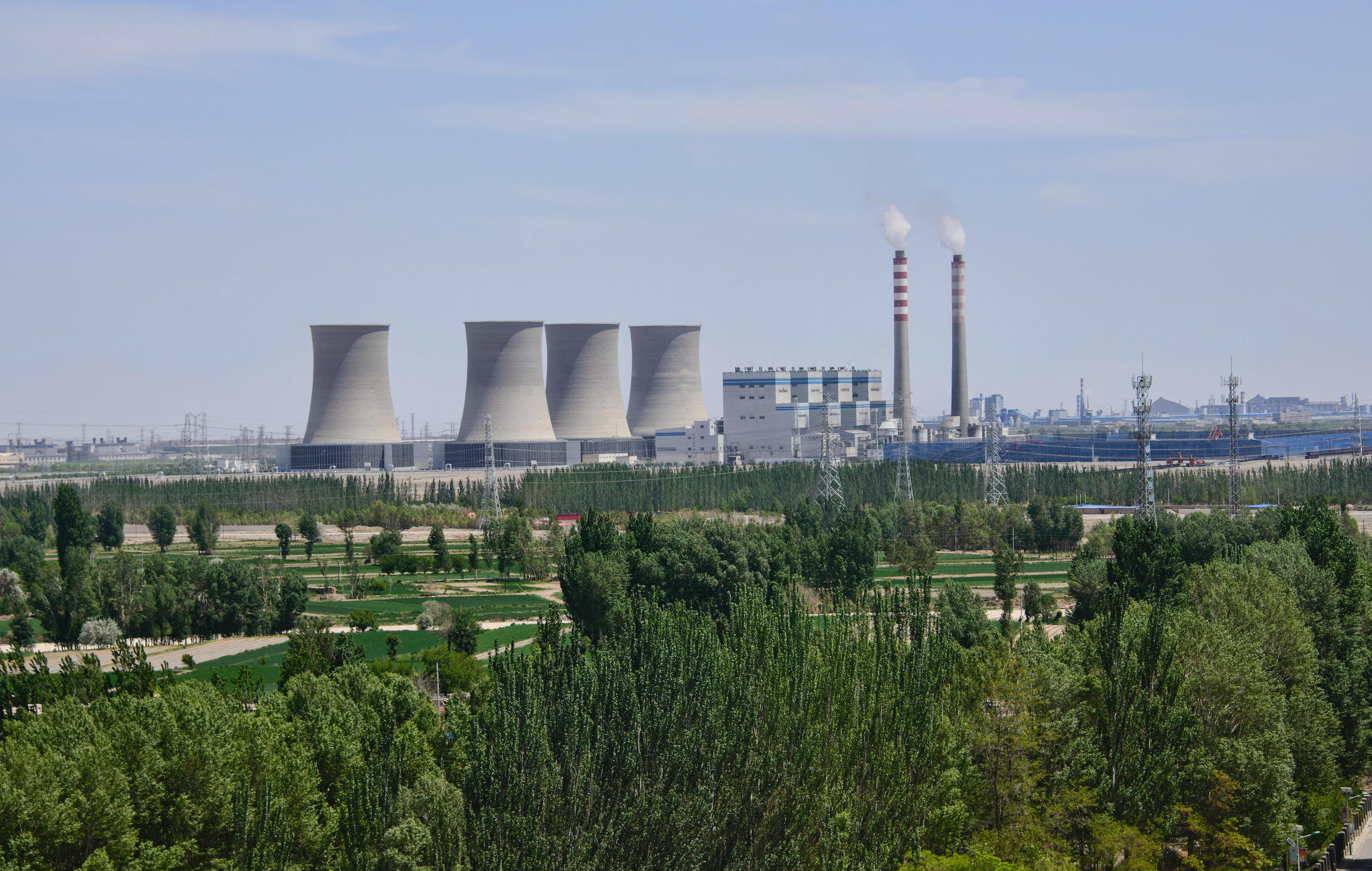Emerging economies – particularly in Asia and Latin America – are increasingly setting up carbon markets to help achieve their national climate objectives. This was a clear finding in a report on the status of greenhouse gas emissions trading worldwide, recently released by myself and my colleagues at the International Carbon Action Partnership (ICAP).
As developed countries cut their emissions and emerging economies introduce and expand their carbon markets, a greater share of the global carbon trade will take place in emerging economies.
China’s carbon markets, which currently cover CO2 emissions only, are based on carbon intensity (emissions per unit of production) rather than the absolute emissions favoured by those of many developed nations. Due to similarities in growth trajectories and challenges faced, other emerging nations can – and have – used the Chinese model as a useful entry point when developing their own carbon markets. By creating innovative, hybrid forms inspired by the Chinese experience, these new carbon markets are departing from the established EU model.
China’s carbon markets matter
China’s global share of emissions covered by mandatory carbon markets, currently at 60%, will continue rising over the next three to four years. This has important implications for both policy research and trading.
This rise will continue firstly because the pie will shrink. As emissions fall in developed economies with absolute emissions-reduction targets – such as in the EU, US, Canada and Germany – so too will the share of global emissions covered by their carbon markets. Secondly, in the next few years, China’s national carbon market will come to cover more than just the power sector. The likely inclusion of the steel, cement and aluminium industries is expected to add 2-3 billion tonnes of CO2 emissions coverage.
Moreover, national carbon markets will increasingly link up, both directly and indirectly. National markets generally focus on reducing domestic emissions, but this will change with both the establishment of international carbon markets under Article 6 of the Paris Agreement, and more countries proposing carbon taxes for imports of emissions-intensive products.
As well as being important for realising its emissions goals, China’s massive carbon market has implications for the implementation of carbon markets worldwide.
Emerging trends: Markets based on reducing carbon intensity
While most other carbon markets aim to reduce total carbon emissions, China’s aims to reduce carbon intensity. The country’s regional carbon-trading pilots were created during a phase of rapid growth in economic and energy consumption. At that point, setting emissions allowances based on absolute emissions would have been very challenging for the pilot governments, so allowances were instead pegged to carbon intensity.
Carbon intensity is the amount of CO2 required to produce a unit of GDP. It indicates the strength of the link between a country’s economic development and carbon pollution. That is, how much carbon is emitted to produce a certain amount of value. The higher it is, the more reliant the country will be on carbon emissions for growth.
China’s carbon market caps were established using a “bottom-up” approach. This saw government set the carbon-intensity target (benchmarks) for the companies concerned. Then each individual company was tasked with using those figures to calculate its absolute carbon emissions allowance, by referencing its actual carbon output. Finally, the government collated these absolute allowances, the sum of which became the market’s carbon emissions cap.
This bottom-up approach has also been applied in emerging economies like India and Indonesia, as well as in provincial carbon markets in Canada. After 2021, the EU carbon market also introduced a way of adjusting carbon allowances based on carbon intensity per product, alongside the absolute allowance caps upon which the EU market was built.
Aside from market design, the expansion of China’s regional carbon markets to cover additional sectors has lessons to offer carbon markets globally, particularly in relation to the collection of data and statistics. This is because the country’s regional markets have been expanding since their inception, from power generation and industry to include public buildings, shipping, public transport, and data centres. Much experience has been accrued in the process, in terms of collecting emissions data for new industries.
Furthermore, China has explored expanding its carbon markets beyond “scope 1” emissions to also include indirect emissions. Unlike the EU and the US, China’s electricity and heat markets are still being reformed, which means prices are regulated to some extent. This makes it difficult for energy providers to pass on carbon costs to the consumer. Therefore, China’s carbon markets cover scope 2 emissions. This incentivises energy efficiency among organisations, ultimately saving electricity and heat.
Scope 1
This refers to an organisation’s direct emissions from its operations. For example, when a palm oil company clears a forest to plant oil palms, or the effluent from its mill leaks methane.
Scope 2
This covers indirect emissions from an organisation’s energy use, such as from a power plant that supplies a palm oil company’s mill with heating and electricity.
Scope 3
These indirect emissions occur along the value chain of an organisation and are not owned or controlled by it. Such emissions of a palm oil company would include the manufacturing and transport of fertilisers and agrochemicals, and the international shipping of its products. Scope 3 usually represents the biggest share of an organisation’s emissions.
Today, carbon markets globally are embracing more sectors and emissions sources, expansions of which have been informed by these Chinese experiences. The EU and UK carbon markets have extended coverage to shipping, while those of India, Thailand and Japan are incorporating indirect emissions.
A Chinese model for emerging economies to emulate
Very little time remains for the world to meet the goals of the Paris Agreement, namely limiting the average global temperature rise to 1.5C above pre-industrial levels. Last year was the hottest on record globally, and the World Meteorological Organisation has confirmed that we are close to passing 1.5C.
We must therefore promote faster and more vigorous emissions reductions globally, especially in emerging economies. The global carbon market has an important role to play in this process. We also need to develop carbon market models suited for emerging economies, rather than wait for their economies to mature before instituting such markets.
Experience from China, the world’s largest emerging economy, is already being applied in many of the new carbon markets, such as India and Indonesia. The challenges facing China’s carbon markets at present are also those of an emerging economy: emissions are still on the rise, business statistics are shaky, personnel capacity is lacking, power and energy sector marketisation is rudimentary, and the financial system needs improvement.
China’s carbon markets balance climate change and economic development, and can be used to promote the uptake of low-carbon technology. How they do so will inform and shape the carbon markets of emerging economies worldwide and help to establish a global carbon price. Government revenues from carbon markets in emerging economies will also allow them to advance public welfare and invest in low-carbon industries, bringing about economic development and improved livelihoods in sustainable ways.









